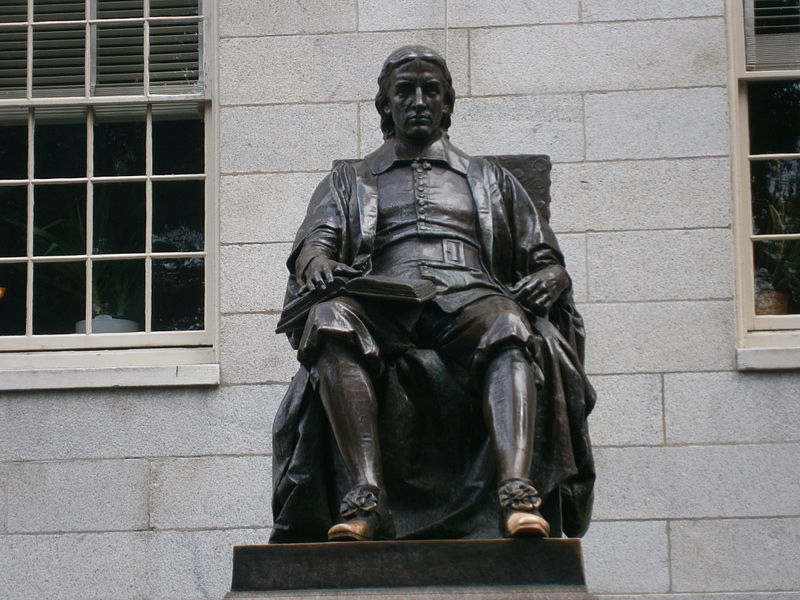As the manager of the largest university endowment in the world, Harvard Management Company (HMC) faces significant challenges. The investment returns are what enable Harvard University to grow, hire top-quality professors, and cover tuition for bright students from all over the world regardless of their financial circumstances. So there is appropriately a tremendous focus on market-beating returns. And yet the scale of the endowment brings with it responsibilities to invest morally as well, in alignment with the mission and goals of the school; to focus on long-term sustainable growth rather than short-term returns; and to fund ideas that can make money while also solving complex societal problems.
While most of my work has focused on subsidy reform as a key lever for transitioning economies to a carbon-neutral path over time, the deployment of institutional capital in a climate-responsible way is another important and powerful component of this needed economic transition. This paper examines the transparency and climate alignment of Harvard's investment portfolio.
View working paper Reducing the carbon footprint of Harvard's endowment
Although Harvard Management Company has signed on to a number of initiatives and networks related to sustainable and socially responsible investment, the visibility on implemented practice and specific investments is very limited. There may be a great deal of data, discussion, and analysis behind the scenes, but in terms of public transparency and accountability, Harvard's control system is weak. At present, there is no way for independent parties to review public information and evaluate the specific investments in the portfolio. Similarly, one can't tell whether Harvard's integration of environment, social, and governance factors in investment review and deployment is robust and effective or mostly symbolic.
Data needs to be public for there to be a strong system of accountability. External analysts often ask different questions or vet decisions in ways that HMC may not have thought of or may not wish to do. And publicity greatly reduces the latitude for practice to lag pronouncements.
Further, the knowledge that investment decisions within HMC will eventually be public -- even if delayed somewhat to protect HMC's competitive advantage -- ensures that ESG factors are evaluated more completely now.
Data on current levels of disclosure present a fairly stark picture. More than half of Harvard's portfolio is invested in hedge, private equity, and natural resources -- for which there is no line-item detail. Only 13% of total holdings have "level 1" prices -- those set through market buying and selling on a frequent basis. Even more striking is the mandated reporting to the Securities and Exchange Commission (13F filings) of line-item detail on holdings. Because the rules apply to only a subset of investments (primarily directly-held US equities), and Harvard relies on more complex forms of investment, the reported holdings comprise less than 1% of the investment portfolio.
One percent is extraordinarily low, but it gets worse. Fossil fuel divestment proposals, which have been proposed by a number of groups within the Harvard community, wouldn't even apply to this full 1%. Based on patterns set with Harvard's tobacco divestment in 1990, commingled structures such as exchange traded funds that hold a slice of a basket of stocks would not be affected by a decision to divest. Harvard's holdings that are both publicly-reported in the 13F and subject to divestment decisions comprised only about 0.7% of the total portfolio. And within this very small group of stocks listed in the last two 13F filings, there was not a single firm from the fossil fuels sector.
Unfortunately, this doesn't mean that the University has already dealt with climate in its investments. Rather, it indicates that divestment efforts as they have generally been formulated would leave significant concerns on what was going on in the other 99% of the investment portfolio, and whether and to what degree those other investments were aligned with the University's climate goals.
The immediate challenge put forth in this paper is how to identify practice and disclosure improvements that create a real system of accountability with respect to climate, while also protecting HMC's ability to act flexibly and quickly on investment opportunities. The paper suggests this is a solvable problem, and that significant transparency improvements on climate-relevant investments could be implemented quickly.




